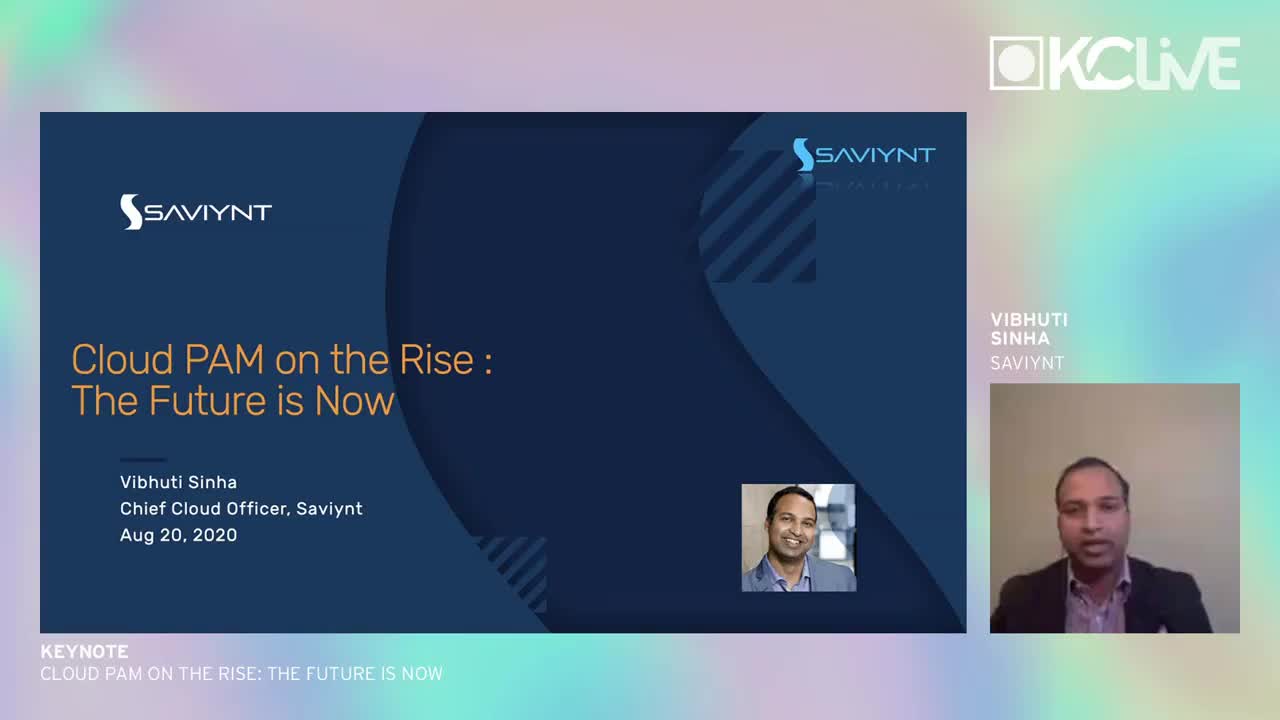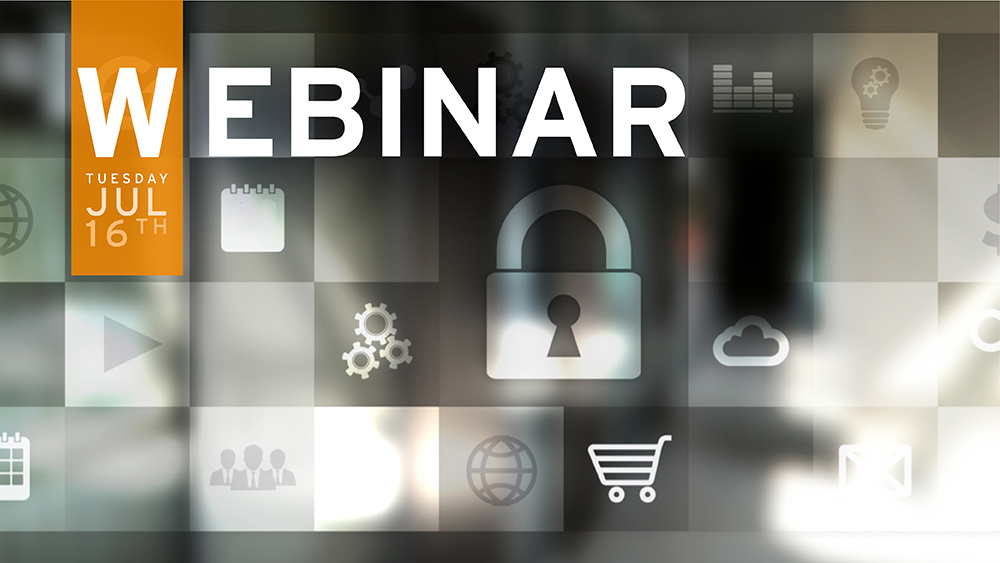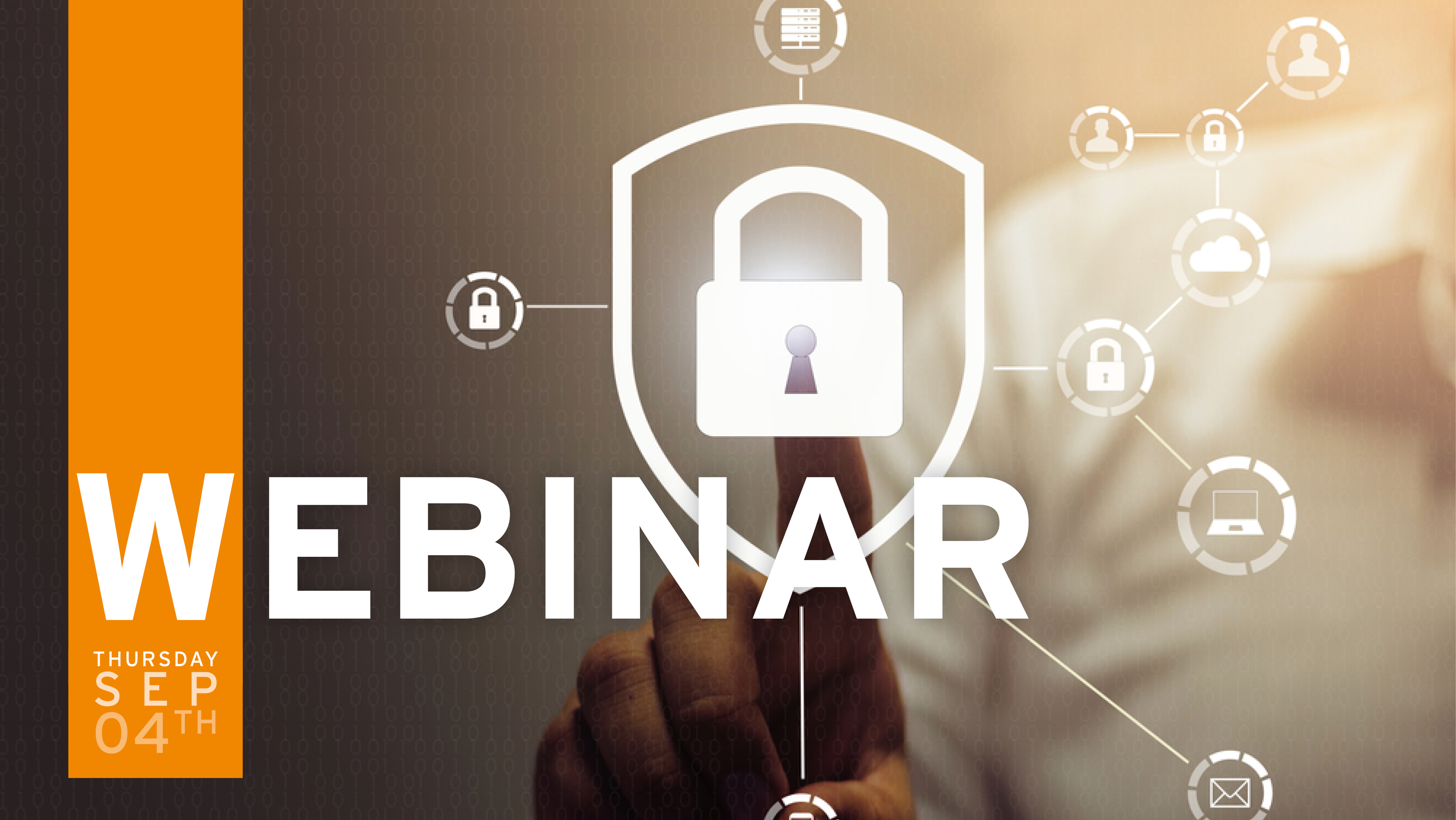Insights
Research
Advisory
Events
Videos
KC Open Select
Company
KuppingerCole's Advisory stands out due to our regular communication with vendors and key clients, providing us with in-depth insight into the issues and knowledge required to address real-world challenges.

Optimize your decision-making process with the most comprehensive and up-to-date market data available.
Compare solution offerings and follow predefined best practices or adapt them to the individual requirements of your company.
Configure your individual requirements to discover the ideal solution for your business.

Meet our team of analysts and advisors who are highly skilled and experienced professionals dedicated to helping you make informed decisions and achieve your goals.

Meet our business team committed to helping you achieve success. We understand that running a business can be challenging, but with the right team in your corner, anything is possible.
Saviynt empowers enterprises to secure their digital transformation, safeguard critical assets, and meet regulatory compliance. With a vision to provide a secure and compliant future for all enterprises, Saviynt’s cutting-edge solutions have been recognised as industry leaders. For more information, please visit www.saviynt.com.

Modern CISOs are typically agents of change, but many are discovering that modernizing the governance of identities is not something that can be achieved by IT alone because it impacts so much of the business. A different approach is needed to introduce modern identity governance and administration (IGA) capabilities.
Join identity experts at KuppingerCole Analysts and identity management firm Saviynt as they discuss how to engage with the business, how to take the business on an IGA modernization journey, how to avoid pitfalls and remove roadblocks, and how to make any IGA program a success.
Martin Kuppinger, Principal Analyst at KuppingerCole Analysts, will talk about the most common mistakes made in IAM projects and how to overcome them. He will also look at modern architecture paradigms, specifically the Identity Fabric, as a means to scope stages within a project and help in modernizing and integrating the overall IAM tools landscape.
Frank Schmaering, Senior Solutions Engineer will discuss making a compelling business case for change, scoping IGA projects accurately and effectively, securing business support for IGA projects, and how to anticipate and remove potential roadblocks before they become a problem.

Anirudh Sen, VP Products at Saviynt joins Nitish Deshpande, Research Analyst at KuppingerCole Analysts to explore the realm of Third Party Access Governance and its key distinctions from Identity Governance and Administration (IGA). Discover the evolving landscape of corporate Access Governance, the challenges of securing third-party relationships, and the benefits organizations can gain from effective third-party governance. Learn about the crucial role of AI and automation and gain valuable insights to help your organization stay ahead in managing third-party risks and access.

Dive into the world of Privileged Access Management (PAM) and its significance in today's rapidly evolving security landscape with Lead Analyst Paul Fisher and Saviynt's Chris Owen. They explore the challenges organizations face, customer expectations, and the need to reset aspirational goals. Discover the shift towards zero standing privilege, just-in-time access, and the convergence of identity and PAM solutions. Learn about the future of PAM, the role of cloud infrastructure entitlement management, and how user experience is becoming a critical factor in PAM adoption.

The application landscape in organizations is getting more and more complex. Applications from vendors are more plentiful - or they differ very much from each other - and the combination of on-prem and cloud applications is no longer unusual. It's easy to lose track of all the different risks that are coming with that. Application access governance helps in unifying the different security perspectives. Martin sat down with Keri Bowman from Saviynt to take a deeper look into this topic.

For many enterprises, SAP systems are an essential part of their corporate IT infrastructure, storing critical business information and employee data. SAP systems have traditionally been a major focus area for auditors. It is therefore essential that all existing SAP systems are covered by an effective solution for managing risks, including managing access controls and SoD controls, and implementing adequate Access Governance.

The new normal demands organizations to enable remote workplace in a rapid and secure way.
The new normal requires privileged asset owners to make intelligent, informed and right decisions even with a fragmented view of risk.
The new normal requires governance to be integrated and inherent with privileged access workflows and not an after-thought.
This session would give insights and best practices to create the least privileged model, minimizing the risks associated with standing privileges and prepare enterprises to rapidly transform themselves through secure digital transformation.

As organizations accelerate their digitalization efforts to stay relevant and competitive in the marketplace, they must evaluate and embrace technologies that can not only support the enablement of their digitalization efforts but can also support the speed, scale and security required for such digitalization efforts.

Most organizations now use multiple cloud services as well as retaining some IT services on-premises, this multi-cloud hybrid environment creates many challenges for security and governance.

Conventionally, Identity Governance and Administration (IGA) products have been developed and deployed with a focus on on-premise IT systems and applications. While IAM leaders were still struggling with IGA solutions to deliver effective identity administration and access governance, the move to cloud with a need to support an increasingly mobile workforce has entirely changed the IAM priorities for organizations.

Enterprise platforms from SAP, Microsoft or Oracle, applications for highly regulated industries like finance or healthcare, even cloud services – all of them have their own unique and complex security models and each is usually managed by a separate team. Growing organically but even more so through mergers and acquisitions, a substantially large enterprise inevitably faces the challenge of managing risk and maintaining regulatory compliance across multiple and highly heterogeneous critical applications. Some of them are no longer even under their direct control and are managed instead by a cloud service provider.
The only viable approach towards tackling this enormous challenge is to design a holistic method to enforce access controls and implement access governance for all critical applications, on-premises and in the cloud. Only when these controls are applied uniformly and continuously providing organizations full and clear insight into every business application platform, can an organization assume that its assessments of security risks and regulatory compliance are based in reality.

Just like traditional IAM, CIAM requires identity governance to verify and maintain the required quality of the identity attributes collected from consumers. “Quality over quantity” should be your motto from now on: not only it ensures that the data your marketing and business analytics are based on is valid and up-to-date, it automatically reduces the risk of compliance violations, which in case of GDPR can be very costly. Given the widely varied level of trustworthiness of various customer-generated data (remember, “on the Internet, nobody knows you're a dog”), the importance of identity assurance increases dramatically. Depending on the industry and area of operation, integration with external assurance providers may even become a must-have feature of your IAM infrastructure, subject to compliance regulations. And, of course, scalability to millions (let’s be optimistic) of potential customers is another must.
